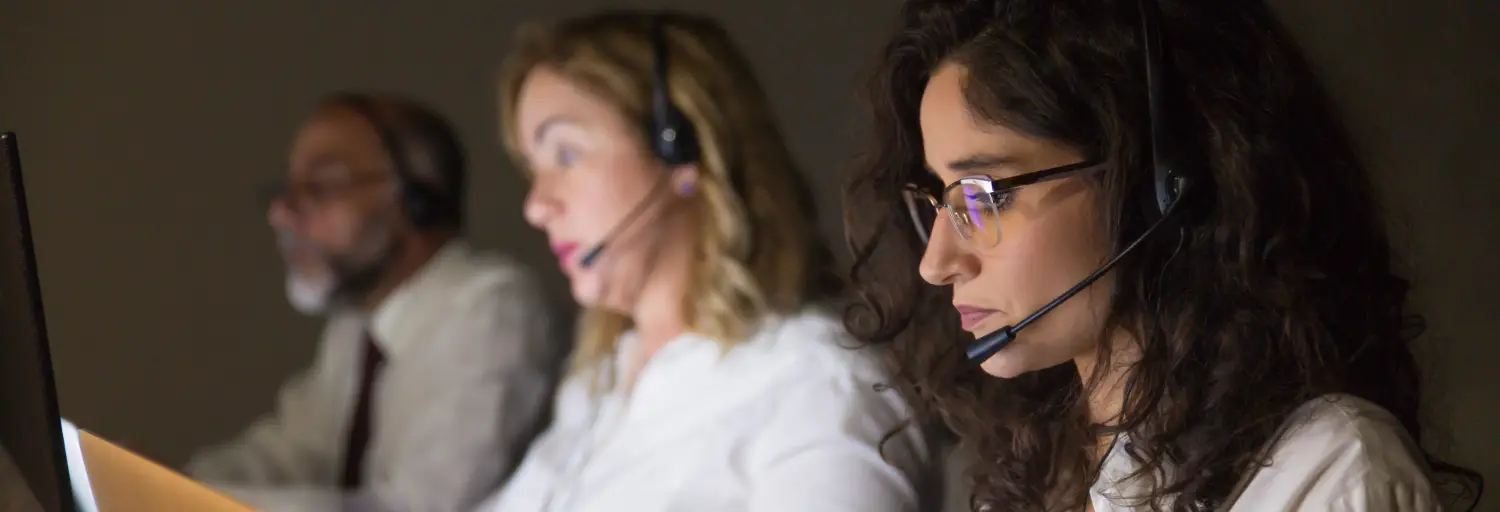
Welcome To ITFixTech
When you face difficulty in resolving the issue and are looking for a solution, please reach out to us instantly as the best technical support team. We are always available at the ITFixTech website to solve various issues. You will meet with a brilliant technical support team to resolve all your technical-related issues on time. There are many users who face several challenges in troubleshooting technical problems at their offices and at home. If you are one of them and facing any problem with your technological device, email, or software, you must contact us to get complete guidance to fix the issue promptly.
How Does It Assist You?
When you look for technical support services for our specialized devices like mobile, laptops, and PCs, you need to be aware of the ITFixTech support services. It makes you eligible to ask your queries about your device that is not working fine and get a complete solution on time. We always identify the real cause of the issue and seek a hint to provide accurate solutions on time. We are reliable technicians who help you with any technical problems and provide adequate knowledge.
Our Services:
We provide superior guidance and advice and help with your essential technical troubleshooting tasks for different devices, software, internet browsers, antivirus software, etc. If you are facing trouble and looking for a solution for your specialized device and other services, you need to approach us and ask your queries to get the solution on time. You will get reliable services and help from us when you access the ITFixTech support website and request solutions using different contact resources. To know which technical services we offer to help you with the issues, you need to check out the list of services below in brief detail.
Laptop And Computer Device:
Whether you are a laptop or PC user, you consider them both essential to update and re- install every time it prompts you. But if you face any trouble and don’t know how to fix that issue or others, connect with us and share your technical queries to get the answer.
Printer Device Services:
When you purchase any new printer device, you need to download and install a new driver, but if you face any trouble, connect with us instantly. Hence, if your Printer device is not working fine and you have tried several methods to fix it, visit us on our ITFixTech website, which is available to assist you appropriately.
Antivirus Software Services:
When you encounter any technical trouble with your computer, mobile, or laptop device, it could be the virus that makes your device stop working ahead. It implies you can’t use your technical device without the antivirus software which you must install. But if you need help to update and re-install it on your device, connect with us and get a complete solution on time.
Router Device:
We will take care of the router that you have installed at home and in the office to get reliable internet service for your technical device. But if you face trouble with your router device and are looking for support and assistance to fix the issue, connect with us conveniently anytime.
WI-FI Support Service:
You use WI-FI support service for the fast internet service to connect your mobile, laptop, and computer devices. But if you need help with your WI-FI services, contact our ITFixTech support team, which always assists you.
Email And Software Services:
Email is essential to share important messages and files and continue communicating with someone quickly. But if your email is not working fine, get quick support from us smoothly. You generally use email application software installed on your device to exchange emails. If you face a problem with any software and need quick support and service, contact the ITFixTech support team, which will assist you soon.
Providing Service Accessories:
You can even approach us for getting technical support services for different accessories that you use daily. You might be using different types of the services such as Mouse, Keyboard, LAN, USB, speakers, monitor, and so on.
Why To Choose Us?
When you face any technical trouble and are looking for a quick and appropriate solution, you need to connect with us at the ITFixTech support website. You will get the complete solution to make your device, email, internet, and software error-free. We generally look into the matter very seriously and always provide you with an accurate solution, which is our first priority at our work. If you want to get more reasons to choose us, get some valid points below.
- We always provide genuine, practical tips to fix technical issues easily.
- Get remote assistance for any kind of technical glitches.
- You can approach us via live chat, email, and phone calls.
- Get reliable and personal advice to fix each type of technical issue on time.
- Our staff is always available to listen to your queries and provide you with a solution accordingly.
Contact us 24 by 7:
If you wish to get support and service, you can communicate with us at the ITFixTech support website using a live chat, email, phone call, and complete solution anytime.

